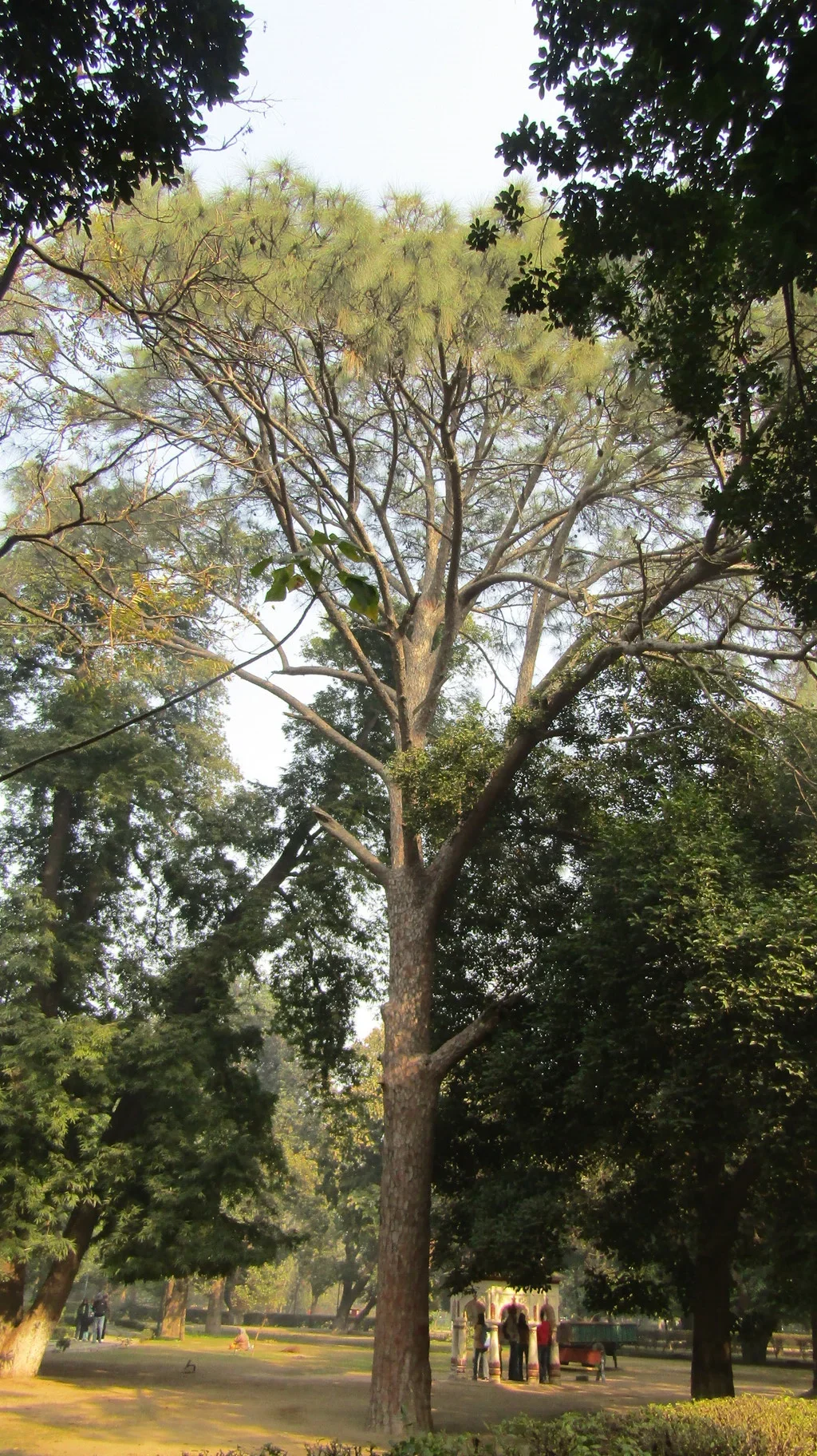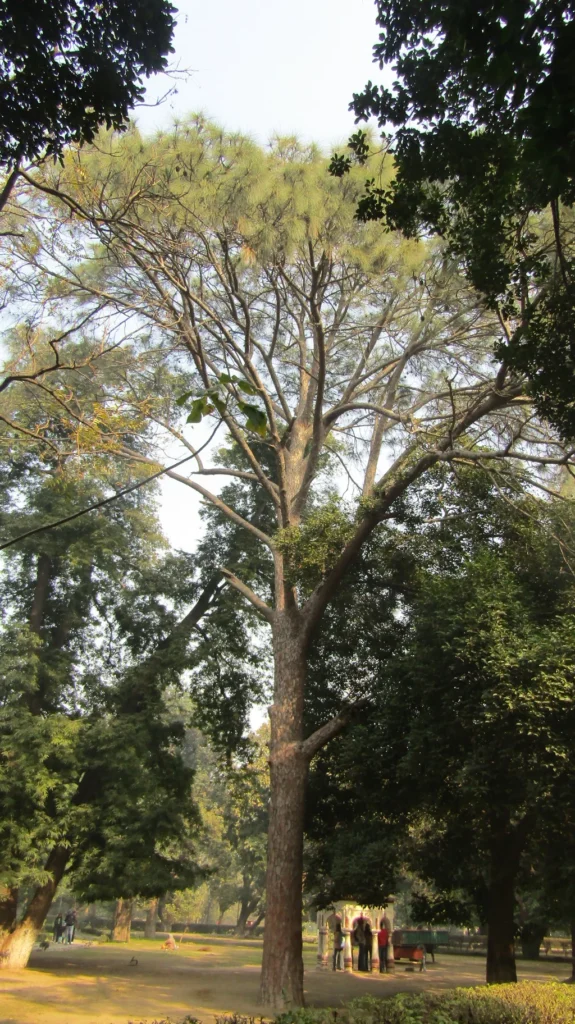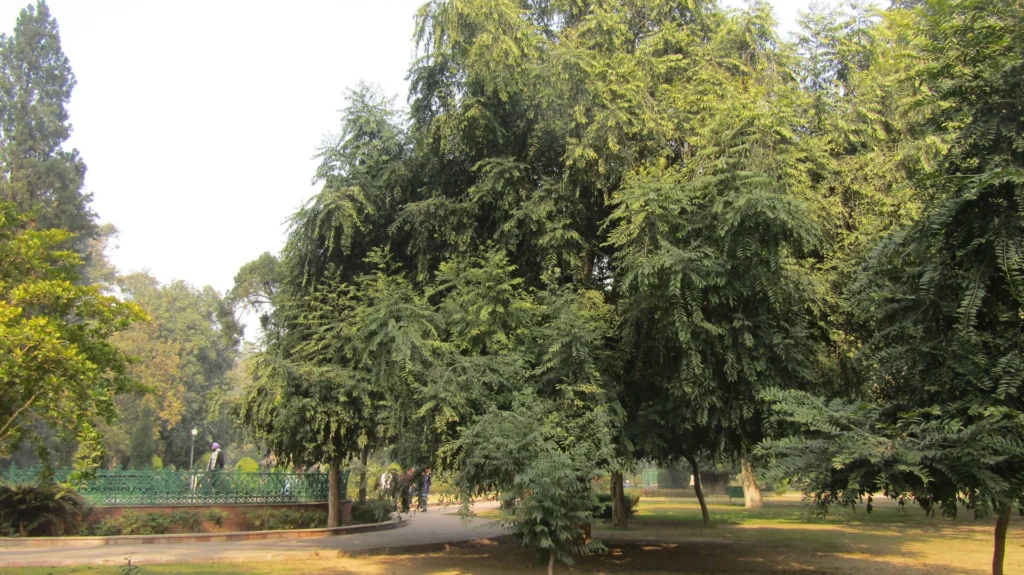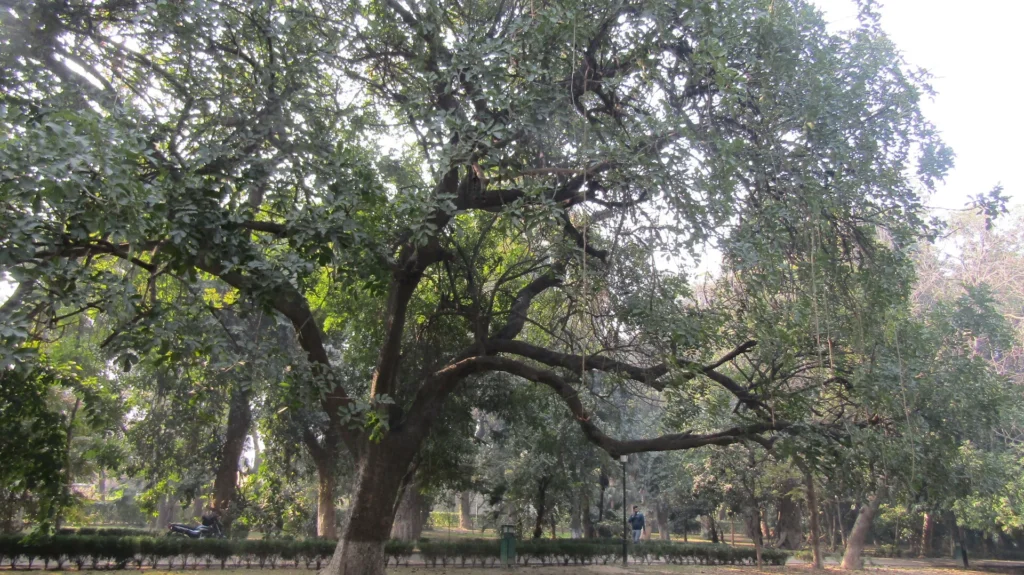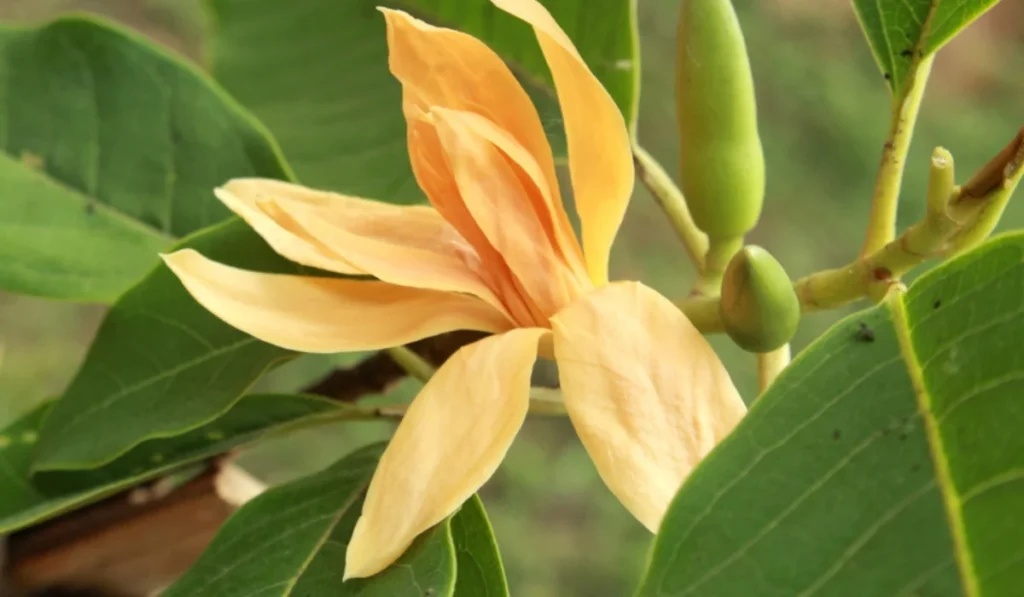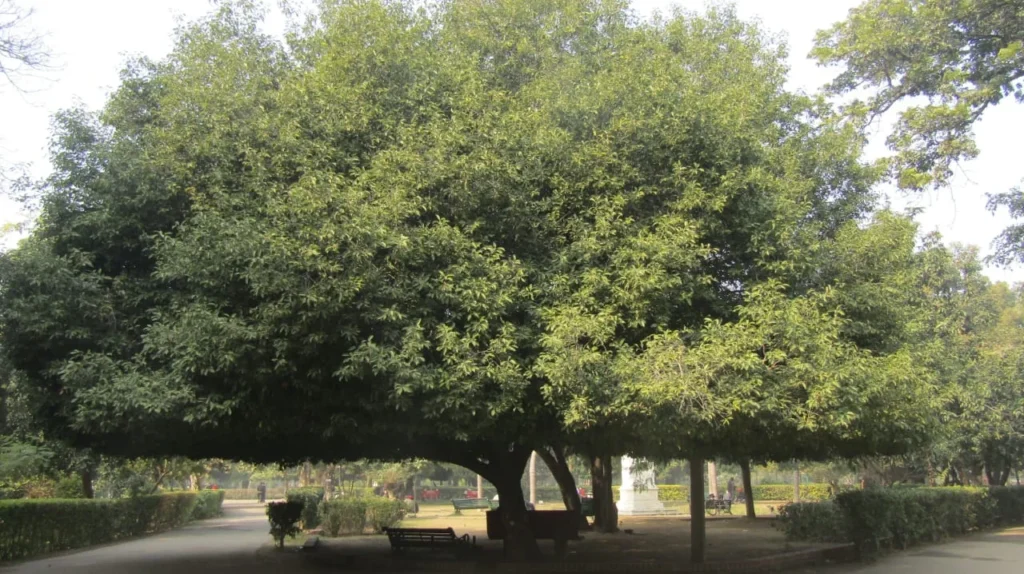Pinus roxburghii, commonly known as chir pine or longleaf Indian pine, is a species of pine tree native to the Himalayas. It was named after William Roxburgh. The Chir Pine present in the Baradari Gardens is estimated to be around 120 years.
- Kingdom: Plantae
- Characteristic feature: Tracheophytes
- Type of seed: Gymnospermae
- Division: Pinophyta
- Class: Pinopsida
- Order: Pinales
- Family: Pinaceae
- Genus: Pinus
- Subgenus: P. subg. Pinus
- Species: P. roxburghii
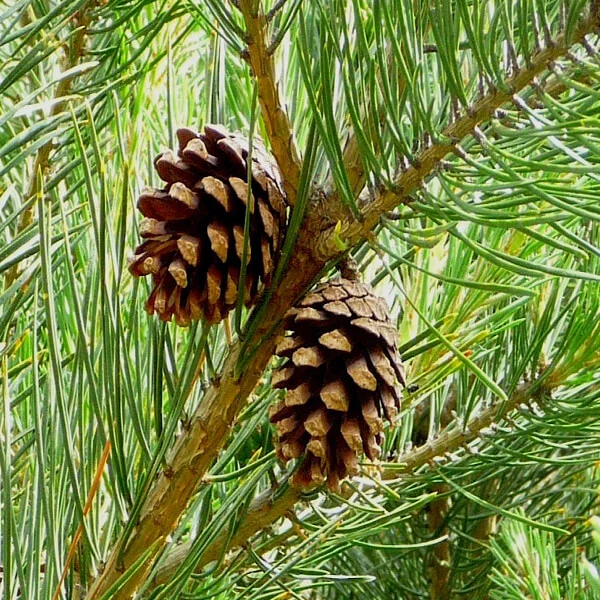
Pinus roxburghii is a large tree reaching 30–50 metres (98–164 feet) with a trunk diameter of up to 2 m , exceptionally 3 m . The bark is red-brown, thick and deeply fissured at the base of the trunk, thinner and flaky in the upper crown. Pinus roxburghii boasts several distinctive botanical features that contribute to its recognition within the plant kingdom. This evergreen tree, belonging to the Pinaceae family, presents an array of characteristics that distinguish it within its native habitat in the Himalayas and Southeast Asia. One key feature is the needle arrangement. The long, slender needles of Pinus roxburghii are arranged in bundles of three. These needles, which can extend to several inches in length, give the tree a distinct appearance. The dark green color of the needles adds to its visual appeal. The bark of Pinus roxburghii is another notable botanical aspect. The bark is dark brown and furrowed, providing protection and support for the tree as it grows. This rugged exterior is an essential adaptation to withstand various environmental challenges.
The reproductive structures of Pinus roxburghii are also noteworthy. The tree produces large cones, a defining feature of many pine species. These cones can grow up to an impressive length of 25 centimeters. The cones serve as protective structures for the seeds, and their unique appearance aids in the identification of the species. In terms of overall morphology, Pinus roxburghii typically exhibits a tall and straight trunk with a conical crown. However, as the tree matures, the crown may take on a more irregular shape. This growth pattern is characteristic of many pine species, contributing to their ecological adaptability.
Within its native range, Pinus roxburghii plays a vital role in supporting local ecosystems. The botanical features of this tree make it well-suited to thrive in a variety of soil and climatic conditions, showcasing its adaptability and resilience. Whether appreciated for its distinct needles, cones, or overall form, Pinus roxburghii stands as a botanical marvel with ecological significance.
Day-to-Day Uses
Pinus roxburghii stands as a multifaceted resource with a myriad of applications, weaving its significance into various aspects of human life and the environment. The versatility of this evergreen tree extends beyond its economic value derived from its wood, which is highly sought after in the construction industry for its straight trunk and durable nature, making it ideal for beams and planks. Notably, chir pine goes beyond mere timber production, as it plays a crucial role in the extraction of resin. The resin obtained from this species is integral to industries producing turpentine and rosin, essential components in the formulation of paints, varnishes, and adhesives. This dual utility as a timber and resin source amplifies its economic importance, contributing to livelihoods and various industrial processes. In regions where Pinus roxburghii thrives abundantly, its wood takes on another vital role as a reliable source of fuel, meeting local energy needs and providing sustenance to communities. Beyond its utilitarian functions, the tree emerges as an environmental guardian, particularly in hilly terrains, where its extensive root system aids in erosion control, stabilizing soil and preventing the detrimental effects of land degradation. The aesthetic allure of chir pine is not to be overlooked, as it finds a place in horticulture and landscaping, enhancing the visual appeal of surroundings. Moreover, the tree is deeply rooted in traditional medicine, recognized for its medicinal properties in certain cultures, adding a layer of cultural significance to its already impressive profile.

